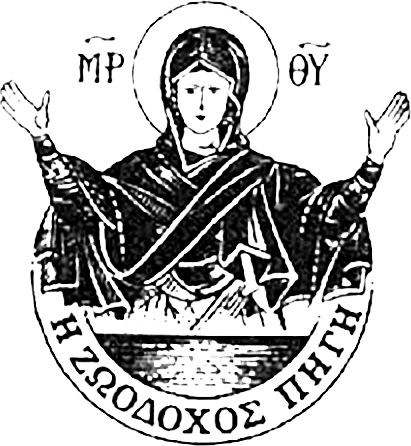Artoklasia
$65 Regular
$70 Lenten
The artoklasia (Greek ἀρτοκλασία, meaning "breaking of bread"; is a service held at the end of Vespers, Matins (Orthros), or even at the end of the Divine Liturgy. Five round loaves of bread are offered by individual faithful as a sign of devotion for personal or family anniversaries, such as name days and other occasions related to the lives of the Orthodox. The five loaves are reminiscent of the five loaves that Jesus Christ blessed in the desert and by which five thousand of His hearers were fed.
Artoklasia also symbolises and brings into practice the Agape meals of the very early Christian communities. Then, after the faithful received the Body and Blood of Christ, they would gather in a common meal. In this way they signified the brotherly association established between them by their common faith and by their receiving the same sacramental Lord. Also, the Agape meals served a charitable purpose by providing meals to the poorer from among them.
The significance behind the Orthodox artoklasia includes also the fact that, among the Orthodox, bread continues to be highly valued not only as a basic food but also as the supreme symbol of the Body of Christ - for it is the bread which is changed by consecration in the Liturgy into the Body of Christ. Christ has been repeatedly designated as the Bread of Life, and also as "the Bread which came from heaven." Bread also symbolizes the Church of Christ, which has spread all over as the wheat on the mountains and which was gathered by Christ into one body. Thus, bread has been given a mystical meaning according to which it constitutes the essence of the spiritual life of the Christian.
Text from Orthodox Wiki. Learn more on GOARCH

